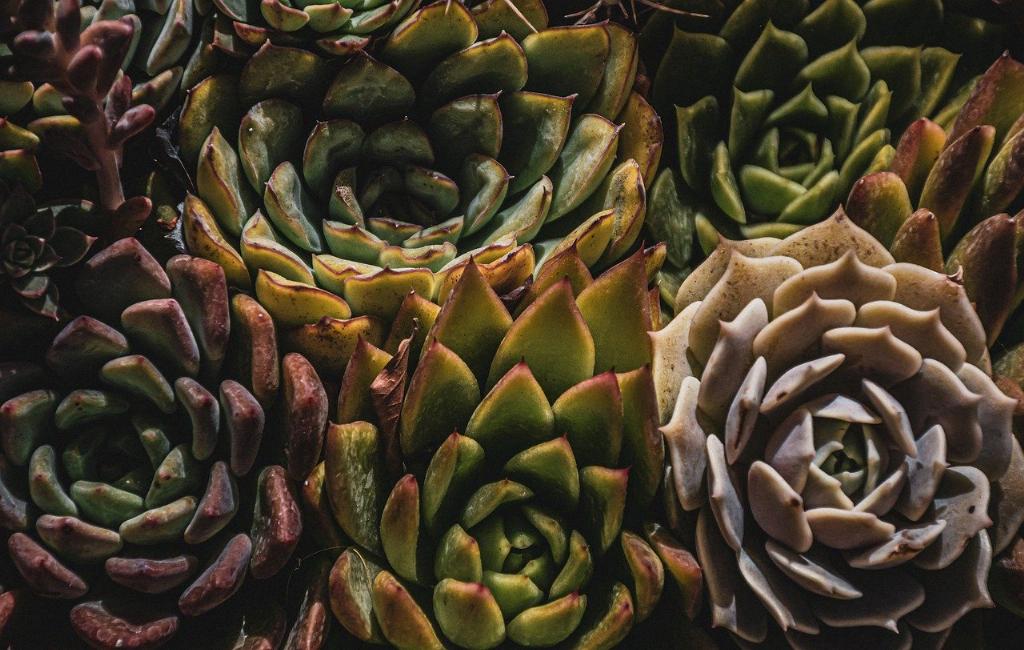When you acquire a new succulent, the question of whether to repot it immediately or not often arises. This decision can have significant implications on the well-being of your plant. In this guide, we’ll explore the multifaceted considerations surrounding the repotting of succulents after purchase, ensuring you’ve got the insightful knowledge needed for optimal care.
The first thing to understand when deliberating on repotting is the state in which the succulent was purchased. Nurseries often sell succulents that have been planted in standard nursery pots filled with an artificial soil mix intended to promote rapid growth rather than long-term health. This can lead to several complications that may necessitate repotting.
In this guide, we will delve into the whys and hows of repotting, touch on different types of soils suitable for succulents, and outline the best practices to ensure your plant thrives.
Recognizing the Plant’s Health: Is Immediate Repotting Necessary?
One of the primary factors influencing the decision to repot is the health of the plant itself. When you bring home a new succulent, take a moment to assess its condition. Look for signs of distress, such as yellowing leaves, mushy stems, or overall droopiness. If your succulent appears healthy and robust, repotting may not be immediately necessary.
However, if the internal structure is compromised or if the roots are crowded and curling at the bottom of the pot, repotting is prudent. Additionally, excessive fertilizer usage in the nursery soil can manifest as leaf burn or nutrient deficiencies; repotting into fresh, well-draining soil can rectify this.
Understanding Root Bound vs. Free Spirits
Another element to consider is whether your succulent is root bound. Root bound plants exhibit a web of roots circling the pot, indicating that they have outgrown their confines. If you notice this, it is an appropriate time to repot; an expansive environment allows for adequate growth and aeration, crucial components for a succulent’s development.
Conversely, if the roots seem healthy and there’s still substantial room for growth, you might choose to delay repotting. Some succulents thrive in tighter confines for a while, so patience can be beneficial.
Selecting the Right Soil Medium: Not All Soils Are Created Equal
Deciding to repot calls for careful consideration of the soil type. Succulents are prone to root rot, a condition often traced back to excessive moisture retention in soil. Traditional potting soil fails to provide the drainage required for these thirsty but drought-resistant plants. Instead, it is advised to opt for a specialized succulent or cactus mix, which typically contains additives such as sand, perlite, or pumice to enhance drainage.
For those who prefer a more hands-on approach, creating your own soil blend is also an option. Combine one part potting soil with one part coarse sand and one part perlite. This custom mix allows for a well-draining environment that can support your succulent’s growth effectively.
Timing is Everything: Seasonal Considerations
When it comes to repotting succulents, timing is crucial. The best time to repot most succulents is during their active growing season, which typically spans from spring to early summer. At this time, these plants will come out of dormancy and their growth processes speed up, making them more resilient to the disruptions caused by repotting.
Repotting during the fall or winter, when many succulents naturally go dormant, can stress the plant. In such cases, it may be best to wait until the growing season resumes before attempting to repot.
The Art of Repotting: Step-by-Step Guide
Assuming you’ve decided that repotting is necessary, here’s a step-by-step guide to ensure you approach the task confidently:
1. Gather Your Materials: You will need a pot that is slightly larger than the current one, succulent-specific soil, gloves, and pruning shears.
2. Prepare the New Pot: Place a layer of fresh soil at the bottom of the new pot. This acts as a cushion for the roots.
3. Carefully Remove the Succulent: Hold the base of the plant and gently wiggle it free from its current pot. Be cautious not to damage the roots.
4. Inspect the Roots: Examine the root system for any signs of rot, trimming away any unhealthy roots with sterilized shears.
5. Place the Plant: Center the succulent in the new pot, filling in around the roots with the succulent soil. Be sure not to bury the stem, as this can promote rot.
6. Water Sparingly: After repotting, give the plant a light watering, but allow the soil to dry out before watering again. Over-watering can lead to shock.
Conclusion: Making an Informed Decision
Deciding whether to repot your newly acquired succulent involves assessing the plant’s health, understanding soil dynamics, and timed execution. By following a methodical approach, you will foster an environment that nurtures the succulent’s growth and vitality. Ultimately, informed choices lead to thriving plants, allowing both novice and seasoned gardeners to enjoy the beauty of these resilient plants.





Leave a Comment